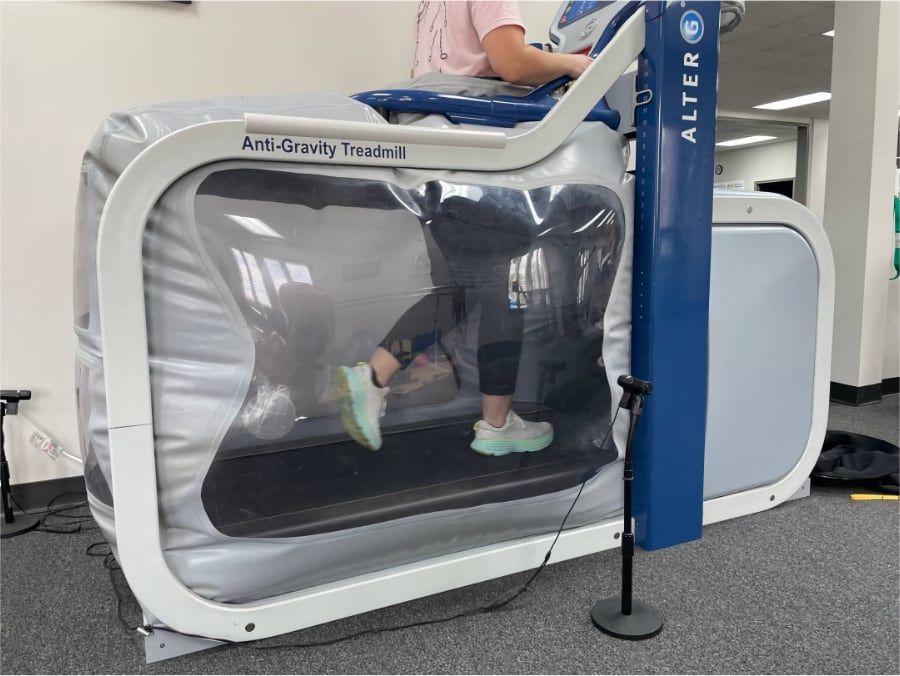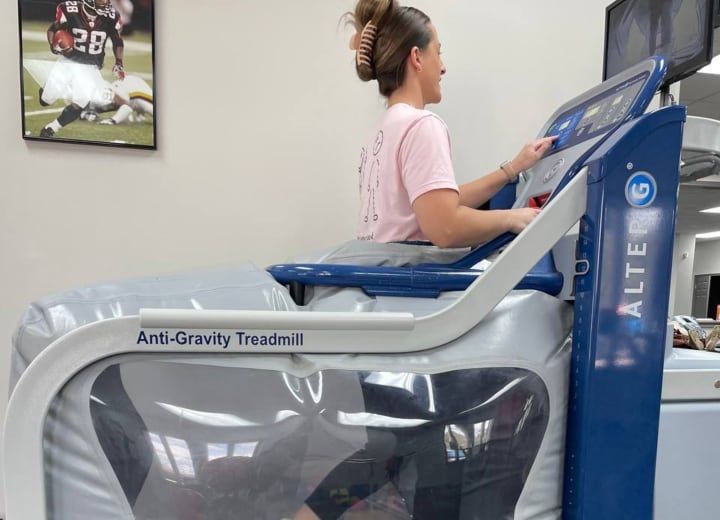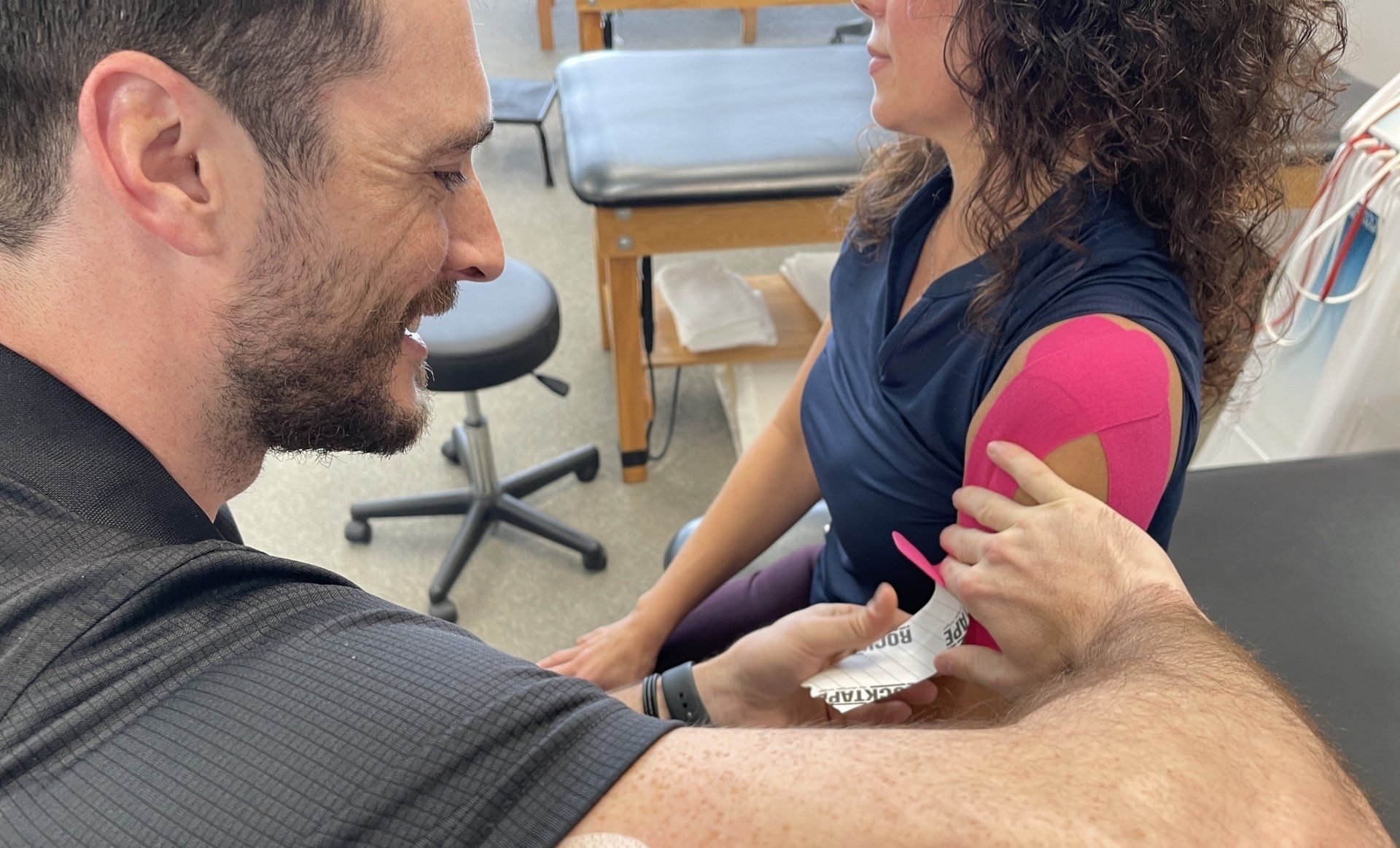6 Common Basketball Injuries: Prevention and Treatment
Written By: Austin Pearson
Basketball can be an intense physical activity. When you play hard, your body takes notice, and plenty of injuries plague those who love the game.
Among those injuries, the most common are often referred to as the “Big 6:”
- Ankle sprains
- Knee injuries
- Hamstring strains
- Jammed fingers
- Thigh bruises
- Calf strains
You can learn more about each type of injury, the best ways to prevent it, and how it is
typically treated.
1. Ankle Sprains

Starting the list of common injuries in basketball is the ankle sprain. Ankle sprains occur when you roll or stress your ankle. Technically speaking, a sprain pertains to the ligament in an area. If it stretches too far or tears, you have a sprain.
Sprains usually cause pain and swelling, and they can limit joint function and mobility.
Prevention Tips
Ankle protection begins with your shoes. Basketball shoes traditionally provide ankle support, dramatically lowering your risk. Make sure your shoes provide a good fit and are laced properly. Your ankles should not be free to slip around inside of the shoe. At the same time, the shoe shouldn’t be tight enough to hurt or limit circulation.
Beyond your shoes, warm up before playing. Also, tape or brace your ankle if you have existing injuries or are prone to rolling it. Also, get plenty of rest between workouts.
Treatment
Treatment options for an ankle sprain depend on severity. Apply the RICE protocol. That stands for rest, ice, compress, and elevate. Most minor sports injuries heal just fine when you stick to RICE protocol.
You can also tape or brace your ankle while recovering.
A major sprain might also need anti-inflammatory medications. Ankle sprains rarely need significant medical intervention. Instead, they add the amount of time you need for recovery.
2. Knee Injuries
Knee injuries are another of the most common basketball injuries, and they come in a range of types and severity. You can get minor knee inflammation, which hurts but isn’t debilitating. You can have major knee injuries, such as an ACL tear, that often require significant surgery and substantial recovery efforts.
You can get everything in between.
Some of the most common knee injuries include strains and sprains, meniscus tears, and ligament tears. You can also run into cartilage damage.
Prevention Tips
The most important prevention tip for your knees is warming up. Always take your time to do a proper warm-up before playing.
Beyond that, use a brace if you need more support for your knee. Stay hydrated when you play, and consider losing weight if you deem it necessary.
Strengthening your legs will also help you with body control and lower risks.
Treatment
Treatments vary since there are so many possible injuries. RICE any minor injury. Use braces for a tender knee.
If the injury is substantial, your doctor may treat it with prescription medications and surgical interventions. You can also expect a stint in physical therapy for recovery.
3. Hamstring Strains
Another of the common injuries for basketball players, hamstring strains often take you out of the game. Like any strain, this happens when you stretch the muscle to the tearing point. In this case, it’s your hamstring, and the strain means you have literal damage to the muscle.
These strains are often painful and can limit your mobility during recovery.
Prevention Tips
As always, warm up before playing. You can also reduce risks to your hamstrings with compression socks. They can help with blood flow through the leg, which can make your hamstrings a little more resilient.
Regular stretching is one of your best tools. As your muscles become more flexible, they are less prone to strains.
Treatment
Minor strains do fine with RICE protocol. For more extensive strains, you will need rehabilitative physical therapy. The techniques involved will depend on the nature of the strain.
4. Jammed Fingers
Everyone understands the discomfort and struggle of a jammed finger. When playing basketball, most jams are caused by the ball itself. With enough blunt force, your fingers can swell. This comes with pain and reduced dexterity.
Prevention Tips
Most of your prevention for this injury comes from technique and awareness. If the ball causes most finger jams, then handling the ball appropriately will prevent them. Practice passing, receiving, shooting, blocking, and stealing in controlled environments. That will help you avoid jams during an intense game.
You can also tape or splint sensitive or injured fingers to lower risks.
Treatment
Finger jams really come down to RICE and support. You can splint your finger or do the buddy tape method. This is where you tape the injured finger to a healthy finger to keep it straight and supported.
It also helps to stay hydrated. Dehydration lowers situational awareness. Stay hydrated and you will handle the ball better.
5. Thigh Bruises
Most people are familiar with bruising. When the body receives a strong enough impact, it can cause bruising. Technically, this happens because blood vessels are damaged. That means bruises come with some internal bleeding that can cause swelling and pain.
In basketball, thigh bruising usually stems from collisions. Elbows and knees are common culprits.
Prevention Tips
Because thigh bruises come from accidental collisions, they’re one of the harder injuries to prevent. You can’t avoid them by strengthening your thighs, and heads-up play won’t really help either.
For the most part, you have two options. You can use compression socks (that can add a little resilience to your blood vessels in the legs), and you can use padding. Padded shorts are the easiest option, but anything that can blunt a blow to your thighs will help.
Treatment
Typically, bruising doesn’t get much direct treatment. RICE protocol helps with swelling and mitigating the problem. Compression and elevation are particularly important with bruises.
Other than that, you can use over-the-counter medications to manage pain. Then, it’s a matter of waiting out the injury.
Bruises vary in severity, so they might make walking hard, or you might “walk them off” pretty quickly.
6. Calf Strains
This is another strain — meaning the calf muscle is stretched or torn. Calf strains tend to be painful, come with plenty of swelling, and limit mobility. They rarely require severe intervention, but they can keep you out of the game for a number of weeks in bad cases.
Prevention Tips
As with any strain, developing leg strength and flexibility tops the list. The weighted calf raise is a great exercise to this end.
Compression socks can lower risks, along with warming up and stretching regularly.
Treatment
Treatment really comes in two forms. At the onset of the injury, apply RICE. If the injury is severe enough, you’ll need a physical therapy regimen to fully recover. Once you strengthen the muscles enough, they can recover from a strain, and the risk of a future strain is easier to manage.
About the Author
Austin Pearson
Physical Therapist Assistant
Specialties: Orthopedic Injuries, Chronic Pain
Certifications: Dry Needling, Spinal Manipulation, Champion Performance Specialist (C-PS)
Location(s): Flowery Branch, GA
Contact
Request an appointment






